Into the Era of the New Leader
The new leader is one who follows their inner truth and sets an example by doing. They listen to their heart rather than the world around them.
Read MoreThe new leader is one who follows their inner truth and sets an example by doing. They listen to their heart rather than the world around them.
Read MoreIsn't everything we do, from business, to art, to government, just the manifestation of some greater meaning?
Read MoreToday is "National Poetry Day". Tuesday was "National Taco Day", and Sunday "National Boyfriend Day". But shouldn't everyday be the "National" day for all of these?
Read MoreI think it's easy to get caught up in our differences - but we're all in this together. This tension is a fundamental piece of what makes our life so beautiful.
Read MoreNo one writes books about suburbia. Criticisms, reality tv episodes, and poor city planning policies, yes, but not books.
Read MoreWhile sipping coffee and getting some work done at the Line Hotel, before work, I had some thoughts on the city experience.
Read MoreAs our urban networks transcend geographic boundaries we much choose which city we wish to inhabit.
Read MoreIn today's world, we are overwhelmed by the endless opportunities and options of careers. But even with these endless options, we sometimes ask the question, "will I ever be able to pursue my dream career and still make a living?"
Read MoreWith the invention of photography came the promise of authenticity. Portraits and their inherent subjectivity could be bypassed for the "real deal"- it was a development that largely transformed what we know and experience today as art. But we live in a rapidly evolving society, where technology and media are opening up endless pathways to new forms of creative expression. Today, even the photograph can be manipulated- altered in ways in which often times we can't even distinguish from what is "real" and what is in fact digitally manipulated or computer generated. The change has been confusing for some, exciting for others, and artists are having to decide which side of the line they want to walk on.
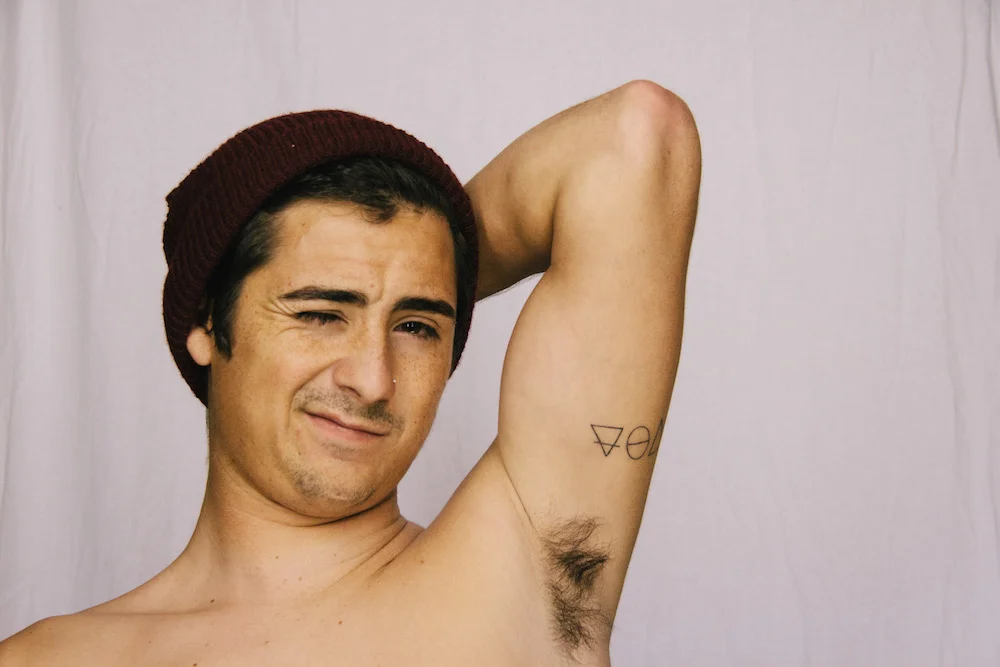
Zac Milan is a realist. Authentic in his work, his relationships and his personal style- the guy does what he wants, and he's not worried about what others think. He's a photographer, sponger, gamer, and adventure seeker, and living life with no restrictions seems to be his motto.
His work is just as unrestrained. Some may call it photographic realism... maybe even natural minimalism... both of which may, or may not be actual artistic genres. But who has the right to categorize his work anyways? Zac does of course, and he's clearly not concerned with any labels.
What he does care about is honest, symmetrical photography. He wakes up at 5:30 am and rushes to the beach to catch the early morning sunrise. He'll take some shots of the burnt-orange sky, the soft blue horizon, and the crashing shore break; and then off he goes with his bodyboard to ride a few of the waves for himself. No matter how obscure the shot, Zac tells me how important it is to visualize nature's lines- the structure that underlies Mother Earth's beauty.

He shows me a few pictures on Facebook, taken by some friends of his. "You see that? What is wrong with that shot?" I struggled to find the answer... I mean, I was just looking at a random photo out of a girl with the ocean in the background. "The horizon. It's slanted. That's not how nature is... all of the water should be pouring onto her lap right now." He was right, that's not how that scene would look if I were actually there. "I'm a lines freak".
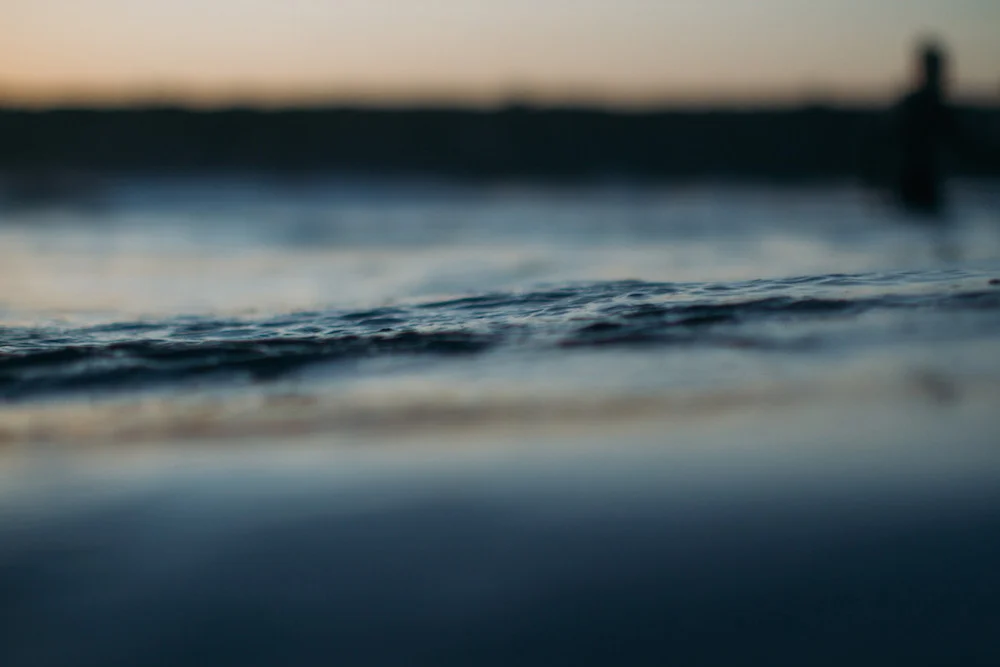
At first glance you might not be able to tell, but all of his shots are structured. He engineers his frames with precision, ensuring that their elements "make sense". Rule of thirds, lighting, color- they're all just part of the craft. Whether it's crashing waves, cityscapes, or more abstract concept shots, there's an idea, and a feeling behind each capture.
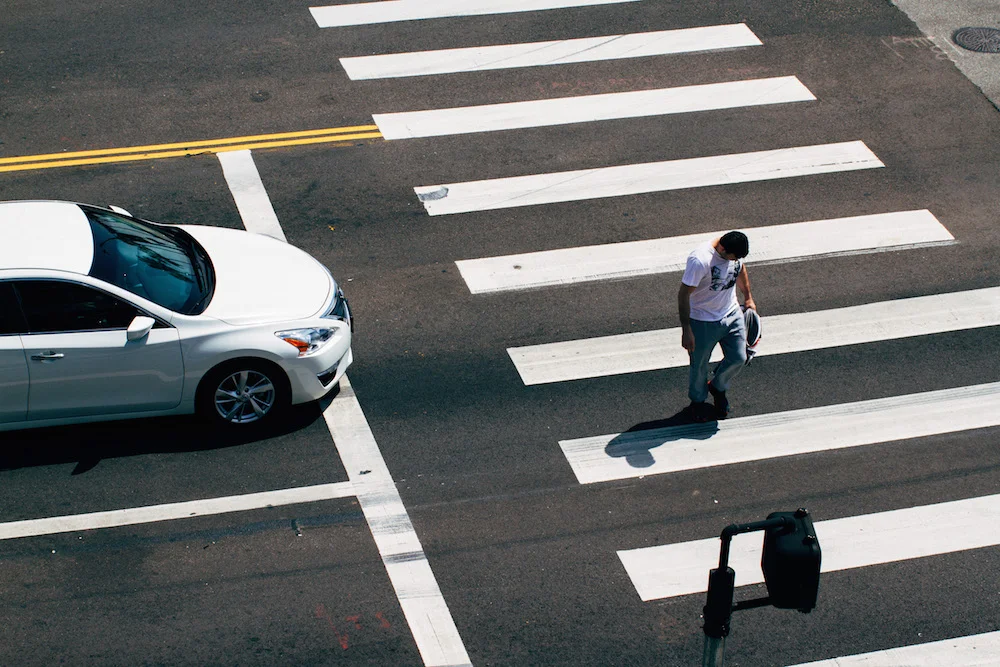
I'm curious about how Zac shares his photos- how he edits them, perfects them, and delivers them through social media. But the thing is, Zac doesn't obsess over editing. He blurs out blotches with the click of a button, and throws down a simple filter if it enhances the image's natural hue. And that's where his realism comes back into play. He shows me a clearly edited picture of a wave that he finds on Instagram. "Only once have I seen the sky red. And what are the chances that there's also enough light to make that water green? It looks nice, but it's overdone." He doesn't need to overproduce his images. He seeks out original perspectives- those that enhance the moment's authentic beauty.
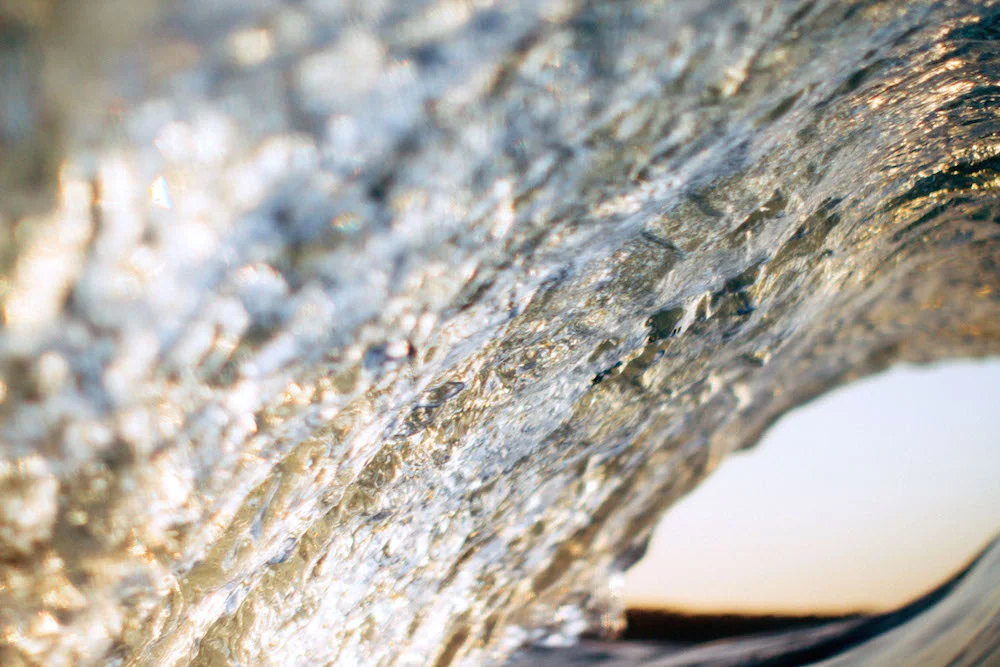
Social media is where he develops and interacts with his audience, but he doesn't let the technology interfere with his creativity. "I might lose about 5 followers per day. But I get them back... it's just that they don't always like what I post." The surf shots are what brings them in, but Zac has recently been playing in different waters. One of his latest photos, Seeing Strangers on the Street, is an out-of-focus image of his Dad. Simple, fuzzy, but inherently complex, the shot points out the unfortunate reality of everyday life- we pass by hundreds, if not thousands of people without ever acknowledging their human qualities.

On the other side of the spectrum, Zac has just debuted his Pastel wave series, in which he transposes pictures of waves on a range of colored backgrounds. By combining the opposing images he leaves viewers curious for more, dreaming of a world where such a scene could be a reality. His followers love this new creation... and it will be exciting to see how this futuristic yet eerily natural idea will develop over time.
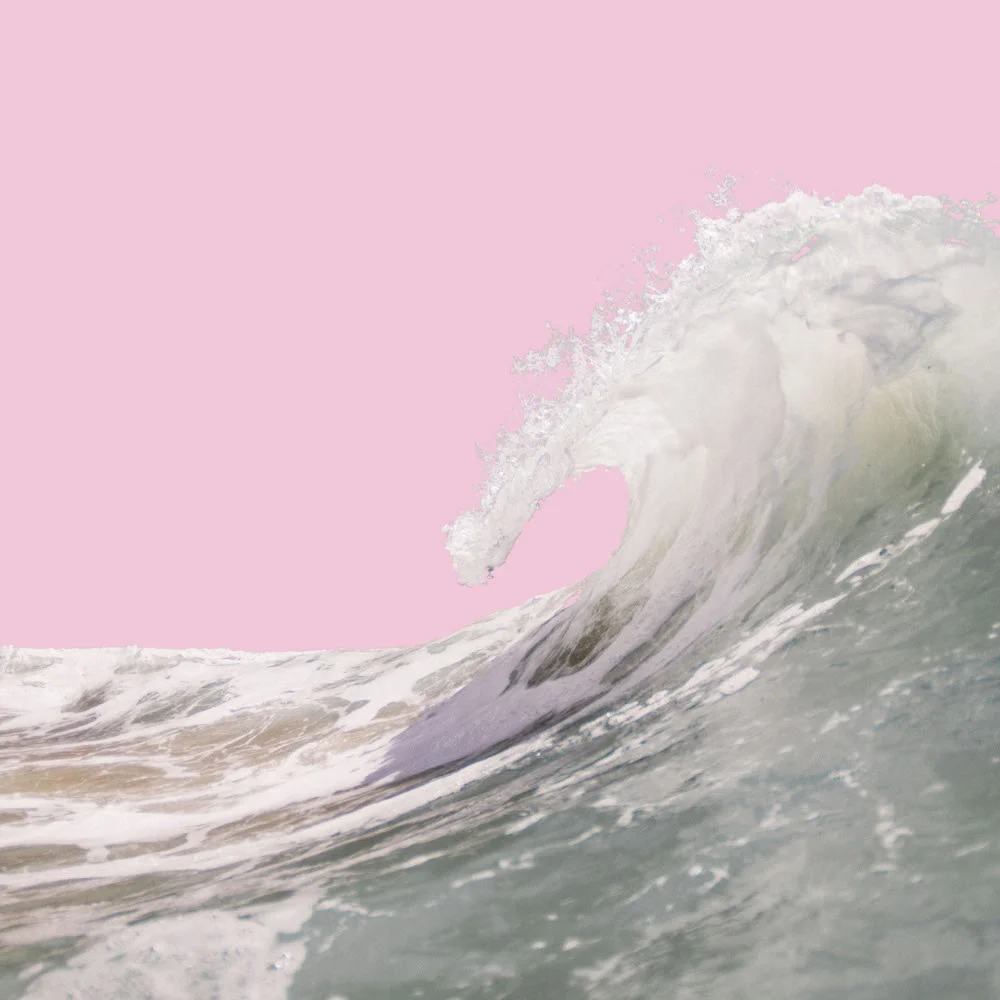
My time with Zac comes to a close, and the world of photography is becoming more interesting and exciting than ever. My stomach is grumbling, and my mind is overwhelmed, but he talks about famous photographers and educates me on technique as we leave his bedroom studio.
We grab lunch at Woody's Diner, the local restaurant where he works part time as a server. Clearly, he's loved by his co-workers. He seems to have a close relationship with everyone there. He always has something to say, and conversation with him is organic and smooth. Once seated, the hostess throws down a to-go creamer on the table, and Zac downs it like a shot. He'll take a Texas BBQ Burger, no pickles, no onions, no tomatoes, cooked medium-rare, and he'll "have guacamole on that. But put it IN the onion ring."

Quirky, cool, and real- it's easy to see what Zac is all about. We can't bother to question is motives, or guess what will be his next step. All we can do sit back and attempt to see the world from his lens. It might be different, but it will definitely be real.
Images: Zac Milan
Craft beer. 3rd wave coffee. It's everywhere, it's great, and it's part of all of us.
There's so much more to drinking a beer than getting hammered. The wonderful gold liquid is a social lubricant, a creative stimulant, and a tasteful delight... that is, when it's consumed in moderation. Science tells us it's true- that our artistic juices flow just a little bit faster when a bit of alcohol gets in the system. We can call it bio-enhancement, but drinking a beer is actually a centuries old calorie-packer, and more importantly, a fascinating expression of culture.
Then you have coffee. Much like beer, it stimulates the senses. More effective with it's attention focusing attributes, a good old cup o' joe will put you on track for mind-blowing productivity. Yes, it's also a social lubricant, and it's brought some of the greatest minds of history together to sit at tiny little tables and discuss huge ideas. It fuels the gears of society, powering both economic output and intellectual thought. The cappuccino, mocha, café au lait, cold brew - whatever you want to call it - is the earthly manifestation of the human's desire to harvest, cultivate, create, and share.
Today, the two heavenly beverages are colliding. They're becoming one, as coffee-stouts are being poured in the trendiest new bars and iced coffees are being infused with nitrogen, and poured on tap. It seems like the hipster's dream- two craft cultures are becoming ever-more intertwined and the chemistry behind the barista-brewer 'movement' is becoming increasingly respected.
The beverages are fusing, cultures are evolving, and the way we drink beer and coffee are so alike that we're tempted to examine and discuss this 'foodie' phenomenon in a social, if not philosophical sort-of way. With the introduction of the 'latte on tap', we can now get a creamy, pre-prepared coffee on draught. Now, just like we can with beer, we can tap into a hidden network of pipes and tubes to get our favorite drink. Yes, we've created an easier way to get our 'buzz' on, but in fact, we've also developed a new channel for creating social experiences.
It's not just beer and coffee that's sitting in the keg, and flowing out the spigot. What lies underneath the countertop are some of our most important ingredients for culture - the natural, earthly elements that we've collected and modified, and will soon digest. We'll find different varieties across the globe - a Kirin in Japan, a Heineken in the Netherlands, an americano in the states and and café con leche in Spain - but they're all products of the same natural elements, and the wants of a shared human desire.
We drink to fulfill our basic dietary needs. But we also drink to socialize, to create, and to share. We'll do it differently wherever we're at, and act accordingly to the norms of our environment. But whenever we fill up that ceramic mug, or that pint-sized glass, we're doing so much more than feeding an addiction, or giving in to a cultural fad; we're participating in a global, social phenomenon- a cultural exhibition and a culinary art-form that is inherently tied to a collectively shared human experience.